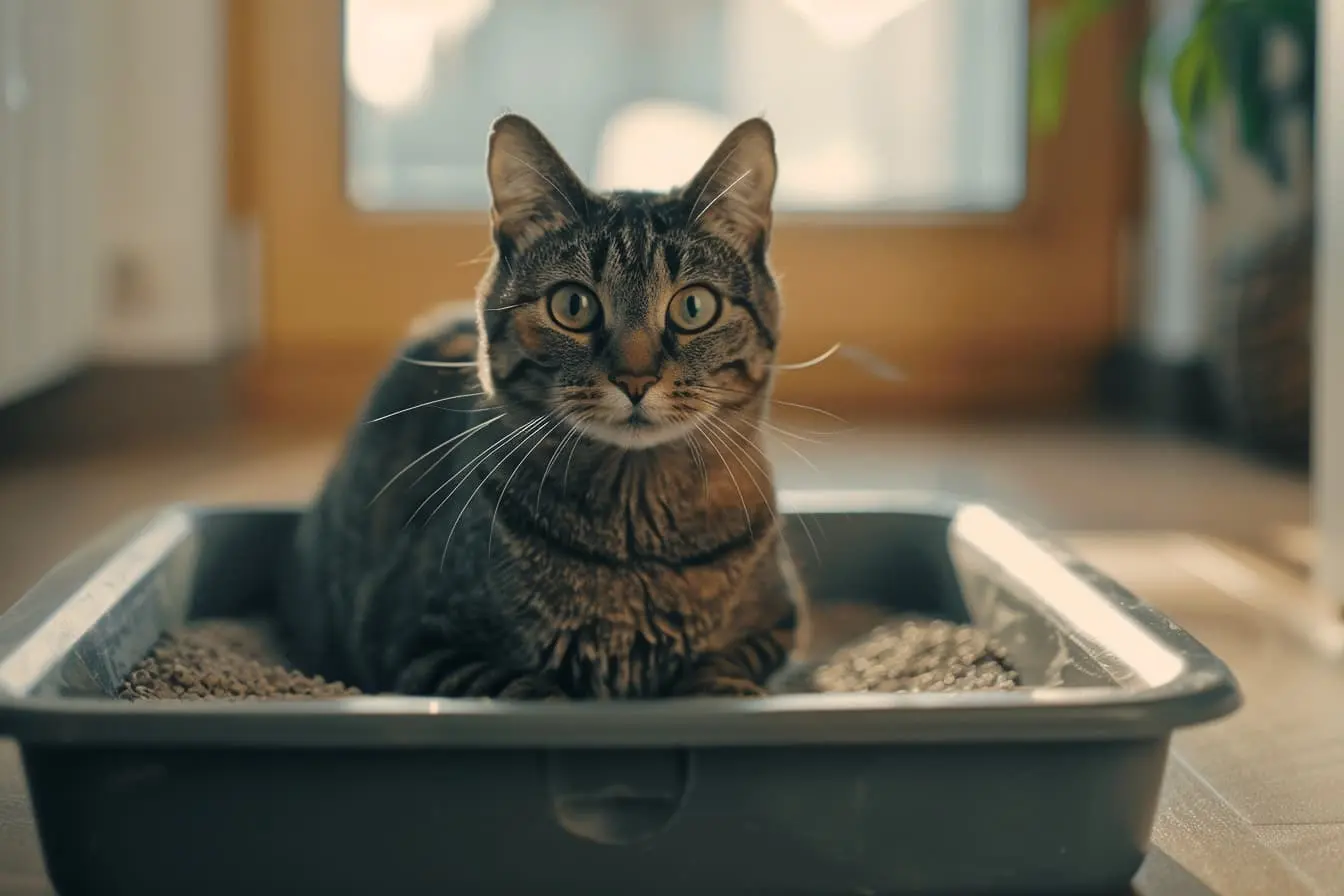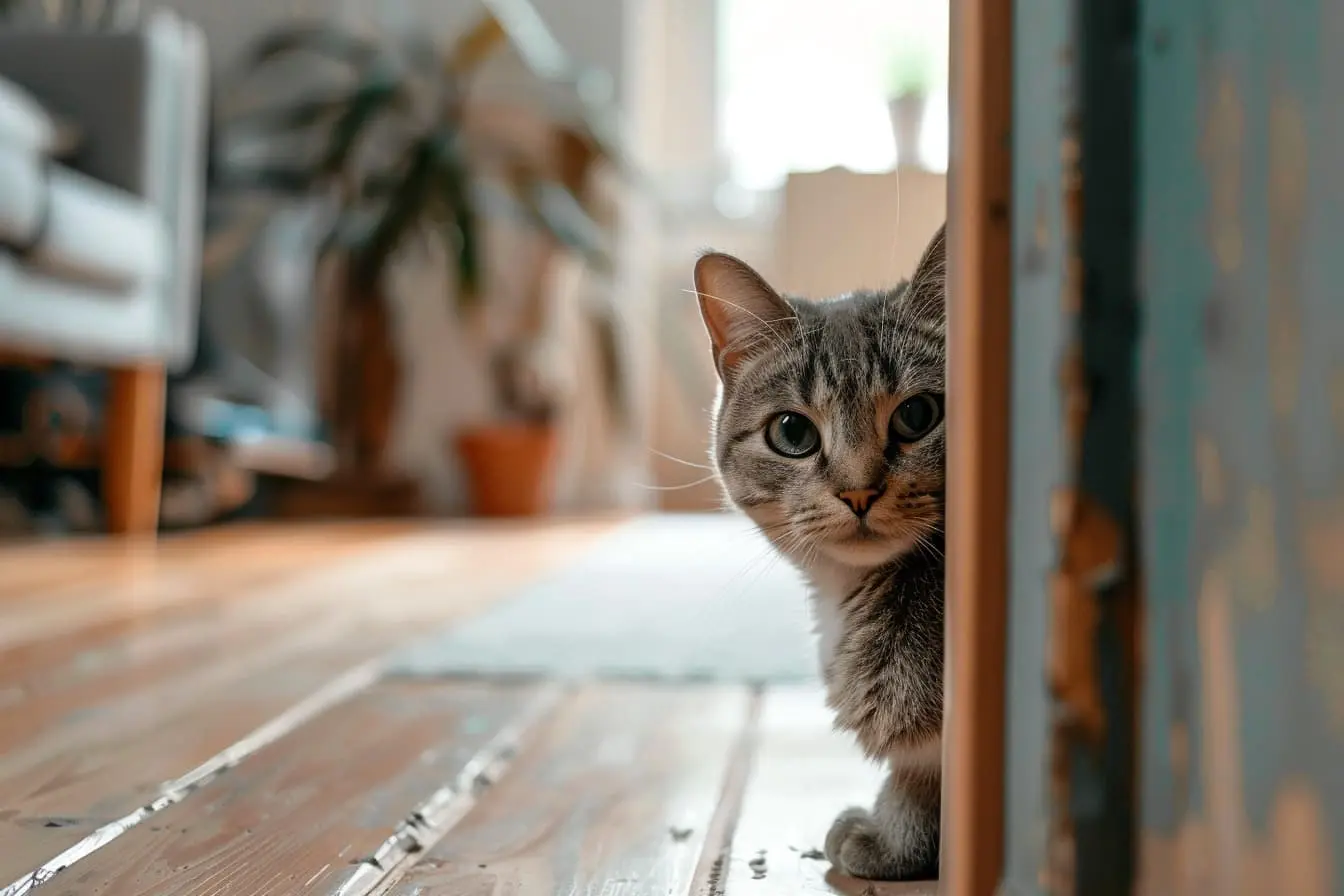
Grooming Your Cat: A Beginner's Guide
Welcoming a feline friend into your home is a joyous occasion. Cats are known for their independence, but as a new pet owner, it's essential to understand the ins and outs of cat grooming to ensure your new companion is happy, healthy, and well-cared for. This guide will walk you through the basics of grooming your cat or kitten, covering everything from the importance of grooming to specific grooming tasks.
The Importance of Grooming
Grooming is not just about keeping your cat looking its best; it plays a crucial role in their overall health and wellbeing. Regular grooming sessions help remove dirt, grease, and dead hair from their coat, prevent tangles and matting, and stimulate blood circulation. Moreover, it provides an excellent opportunity for bonding with your pet while allowing you to check for signs of health issues, such as bumps, parasites, or skin problems.
Getting Started: The Basics
1. Brushing
Cats are natural groomers, but they still benefit from regular brushing. How often you should brush your cat depends on their coat type:
- Short-haired cats generally require brushing once a week. Use a fine-toothed metal comb to remove dirt and loose hair, followed by a rubber brush to collect the dead hair.
- Long-haired cats need daily brushing to prevent tangles and matting. Start with a wide-toothed comb to gently work through knots, then use a bristle or rubber brush to remove loose hair.
Start brushing sessions when your cat is relaxed, and always be gentle to avoid pulling their skin or hair.
2. Bathing
Cats typically do not require frequent baths, but there may be times when a bath is necessary. Use a cat-specific shampoo and ensure the water is warm, not hot. It's vital to introduce your cat to water gradually and keep the bathing sessions short to minimise stress.
3. Nail Trimming
Regular nail trimming is essential to prevent your cat's nails from becoming too long, which can lead to injury or discomfort. Use a pair of cat nail clippers and trim just the tips to avoid cutting the quick, which is the pink part of the nail containing blood vessels and nerves.
4. Ear Cleaning
Check your cat's ears regularly for dirt, wax, or signs of infection. To clean, gently wipe the outer ear with a cotton ball dampened with a vet-approved ear cleaner. Never insert anything into the ear canal.
5. Dental Care
Dental health is crucial for cats. Introduce a routine of brushing your cat's teeth with a cat-specific toothbrush and toothpaste. Dental treats and toys can also help maintain good oral health.
Tips for a Positive Grooming Experience
- Start early: Introduce grooming to your cat or kitten from a young age to help them get used to the process.
- Be patient and gentle: Use calm, reassuring tones and give your cat breaks if needed.
- Reward your cat: After grooming, offer a treat or their favourite playtime to associate grooming with positive experiences.
Conclusion
Grooming is an essential part of cat care that benefits both the physical health and emotional bond between you and your pet. By incorporating regular grooming into your routine, you'll not only keep your cat looking and feeling great but also monitor their health closely. Remember, patience and consistency are key. Welcome to the rewarding journey of cat ownership!
Vets near you
Speciality vets
- Aquatics vet specialists
- Birds vet specialists
- Camelids vet specialists
- Cats vet specialists
- Cattle vet specialists
- Deer vet specialists
- Dogs vet specialists
- Equines vet specialists
- Exotic vet specialists
- Goats vet specialists
- Pigs vet specialists
- Poultry vet specialists
- Sheep vet specialists
- Small Mammals vet specialists
- Wild vet specialists



